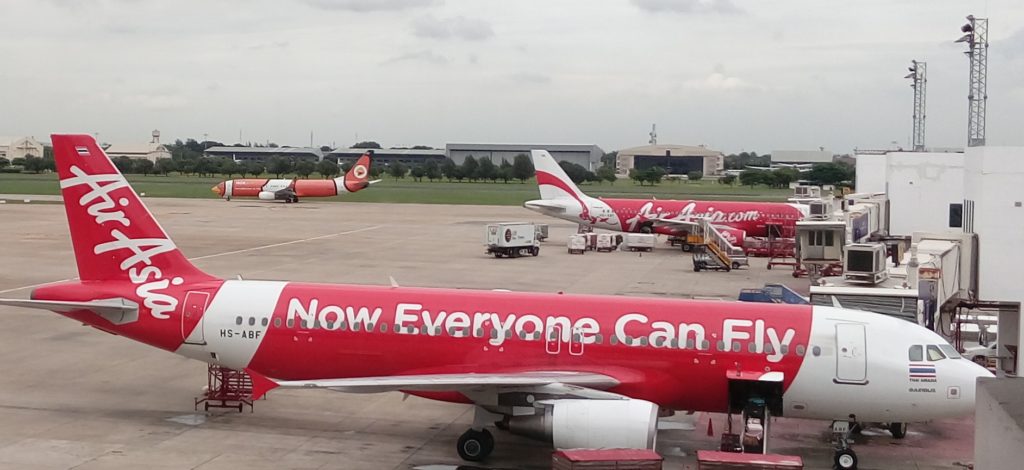Recently, I became an airline’s dream customer — the person who booked and paid for a flight but didn’t turn up at the airport.

In all likelihood, the airline was able to sell my seat again and make a small but tidy extra profit.
At the least, it made a marginal saving by not having to carry one extra passenger — and it may have made another customer very happy by letting him or her move to a better seat (I reserved and paid for an extra-legroom seat in the first row) and thus get on and off the plane quicker and more efficiently.
It happened because, although I’d purchased the most flexible option with Air Asia, I was unable to change my booking to my preferred date (or indeed any of several other dates I tried) without paying a rebooking fee that would have been as much as or more than a new ticket.
This is the kind of thing that makes the budget airline business model workable. We all know that low-cost airlines make money by making you pay for things you get for free elsewhere. But their basic fares are cheap: and that’s why they are also used to no-shows.
People who think they may need a flight — or think they may be asked by immigration officials if they have booked an onward journey — often buy tickets they know they won’t use. And for any business, that’s about as close as printing money as you can get.
